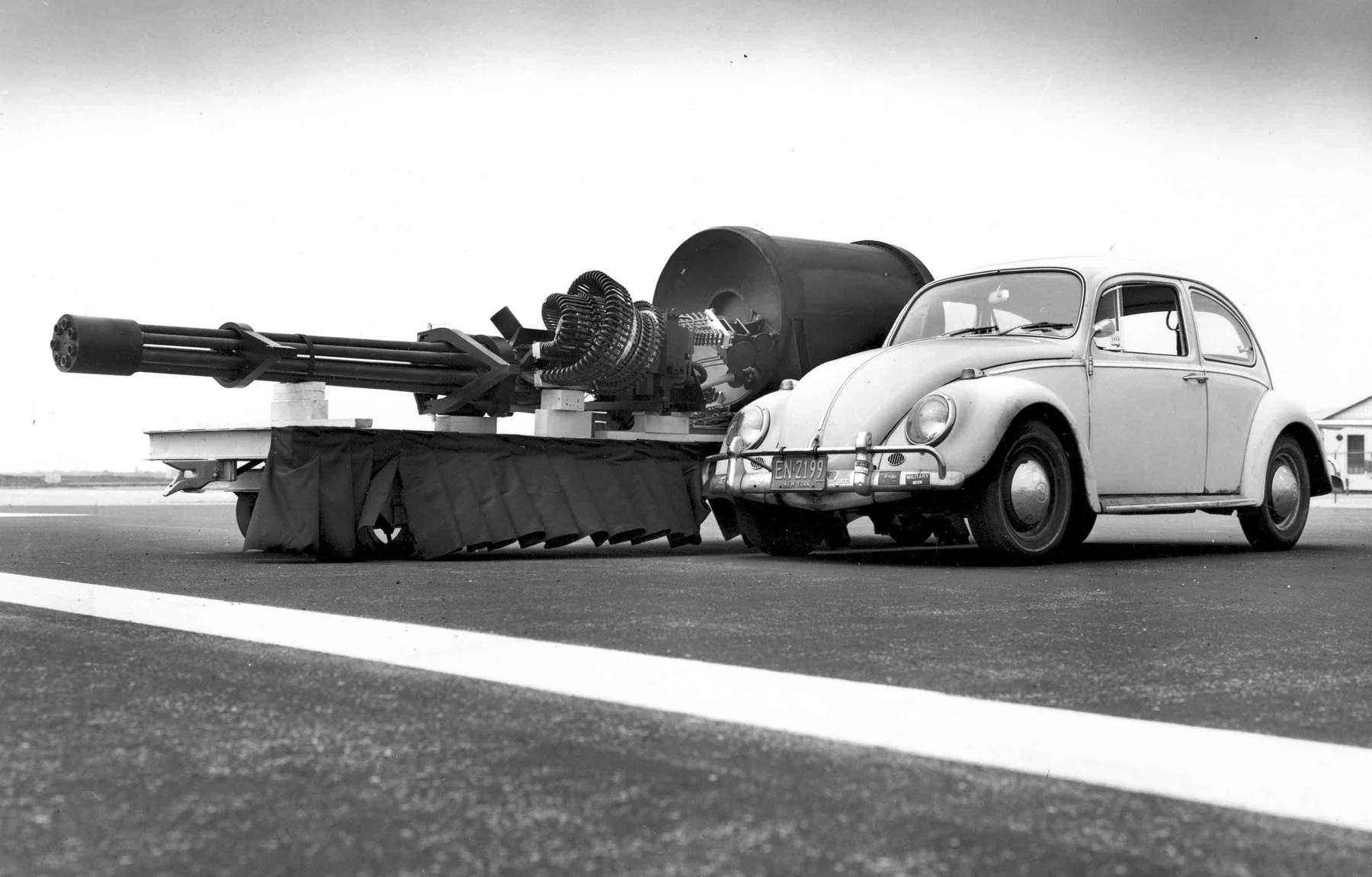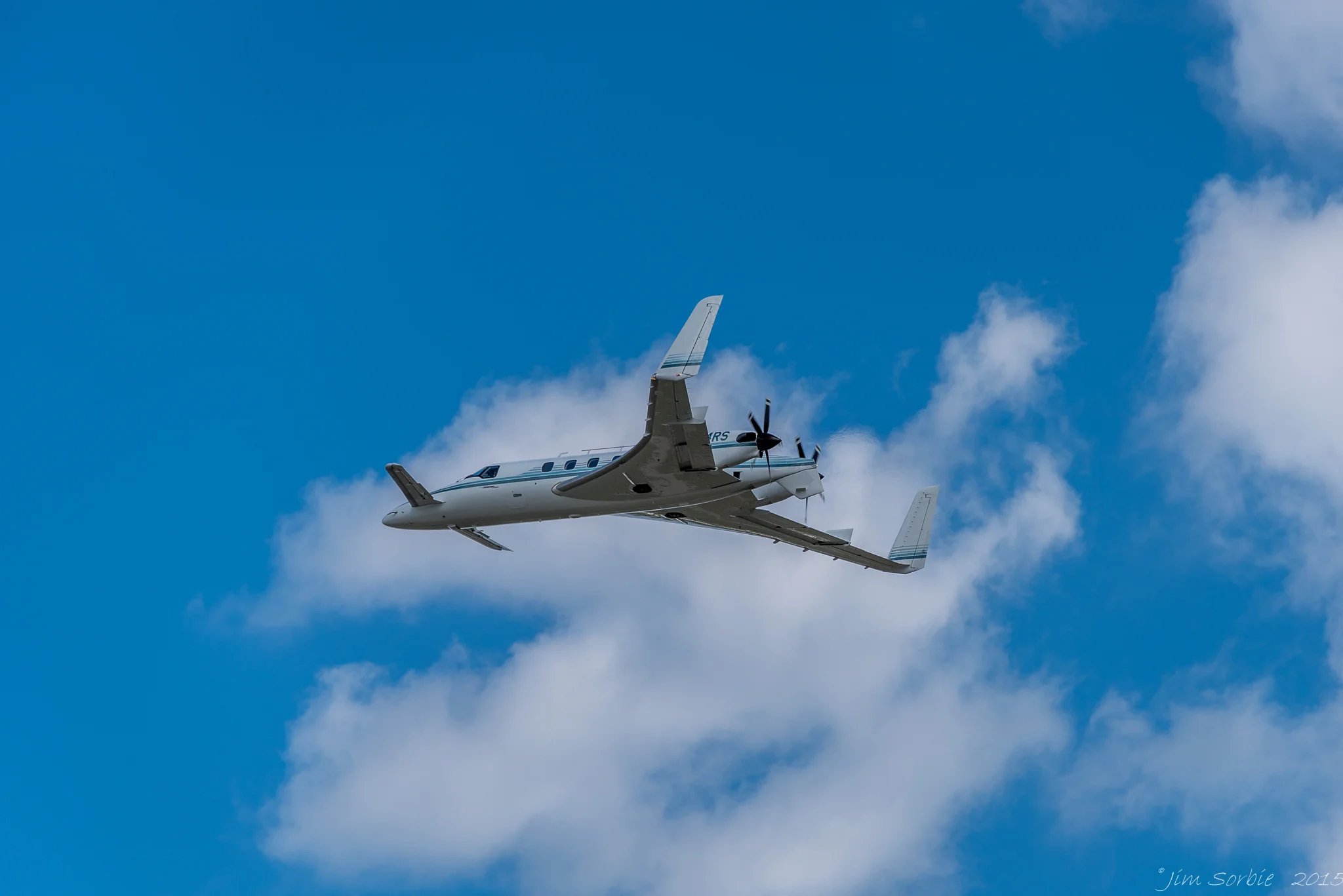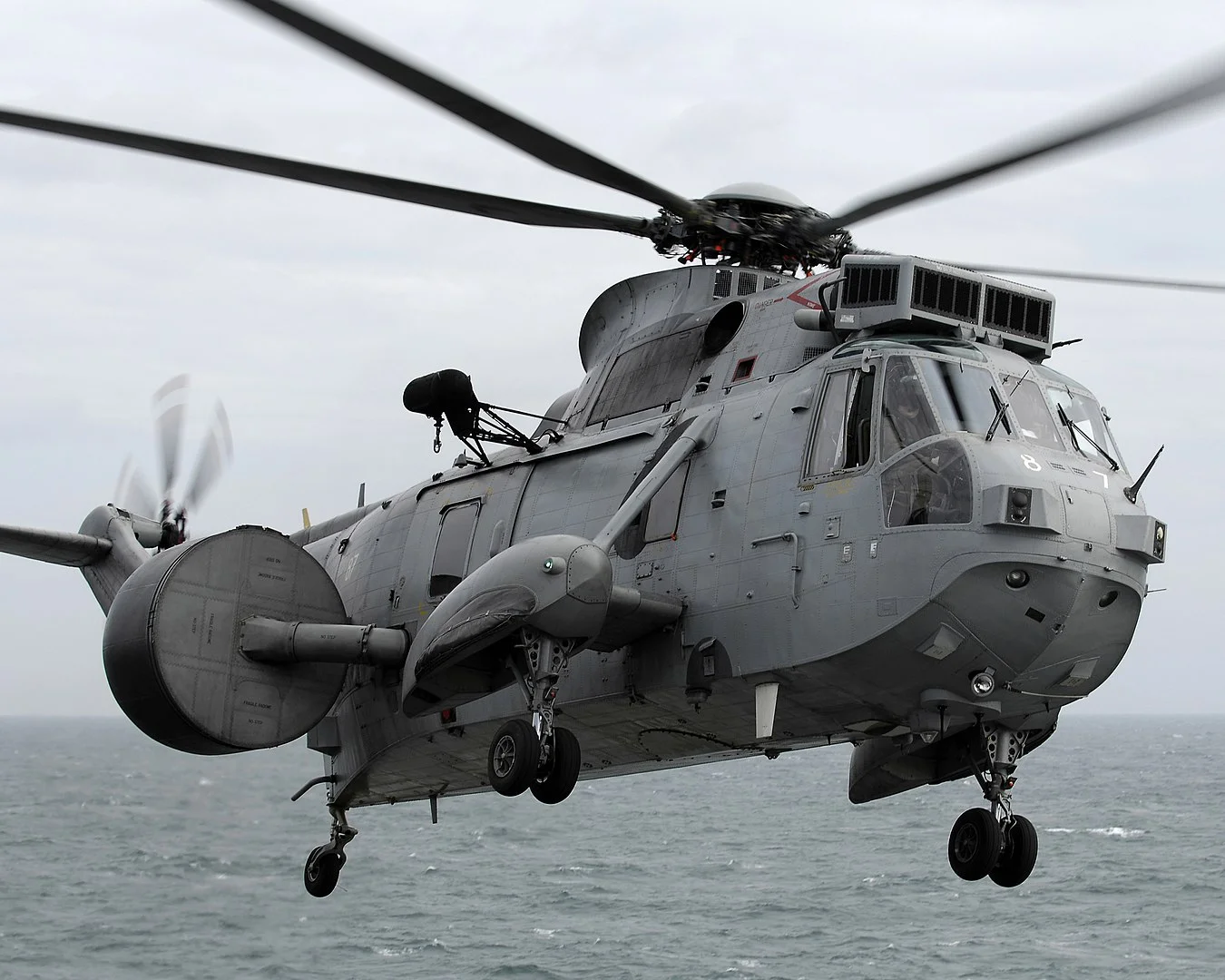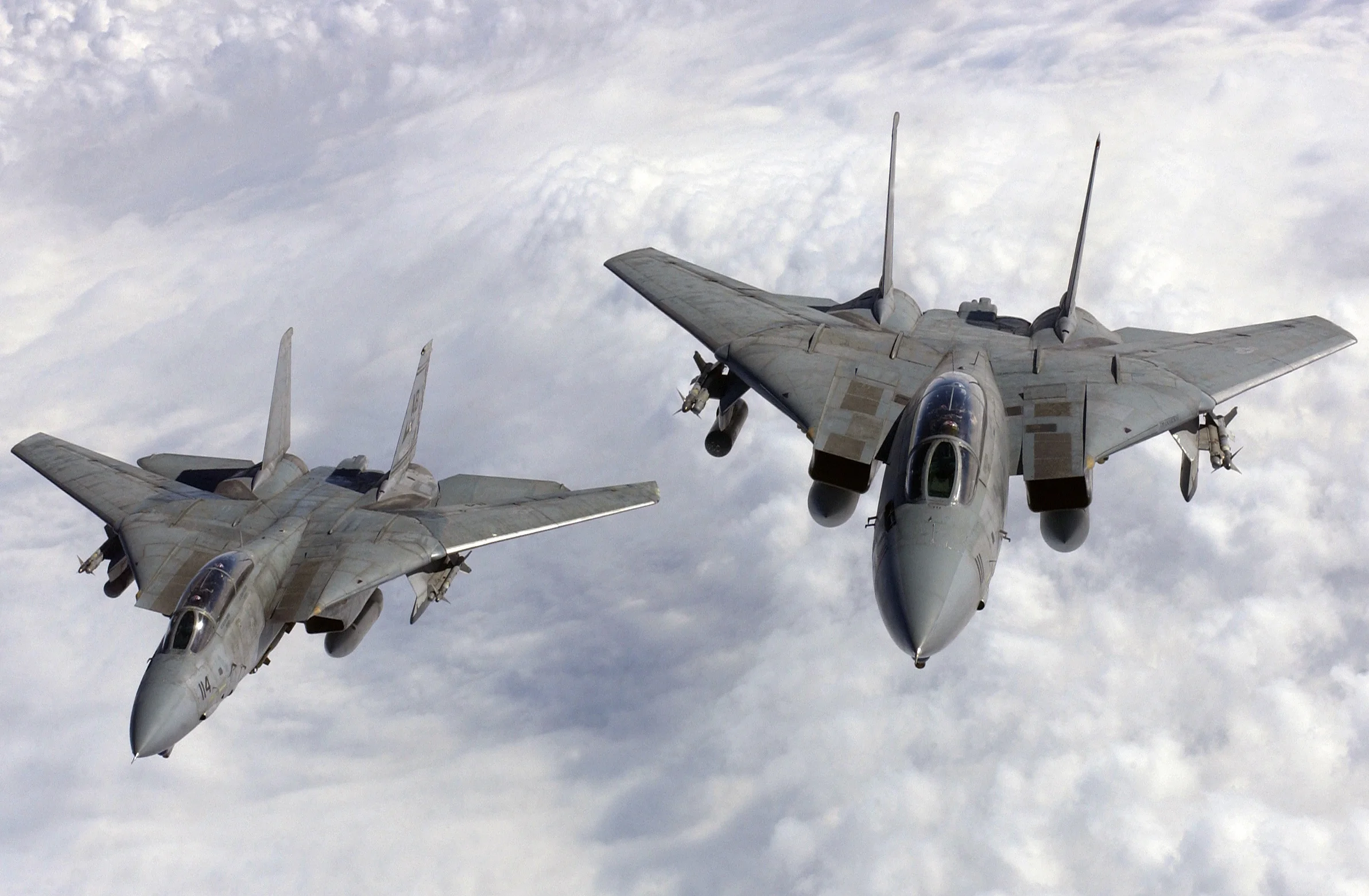The A-10 Tankbuster is about as big as its name suggests, so called because of its fearsome reputation as an armored vehicle swatter housing a gun so enormous that the plane had to be designed around it.
Commended for its lethality during the first Gulf War and the Afghanistan War, 367 of these titans are still part of the US Air Force today after they impressed generals with their stellar performances and valiant feats on the battlefield.

Contents
Background and Development
The A-10 started its development in the mid-1960s as part of the A-X Program. With the Vietnam War increasing in intensity, the US Army announced they were looking for a heavily armored and cost-effective ground-attack plane that could fly low over the battlefield for extended periods to neutralize armored vehicles.
Read More: Junkers Ju-87 “Stuka” – Screaming Death
The first A-10 prototype was built in May 1972 by Fairchild Republic as their submission in the competition for the contract.
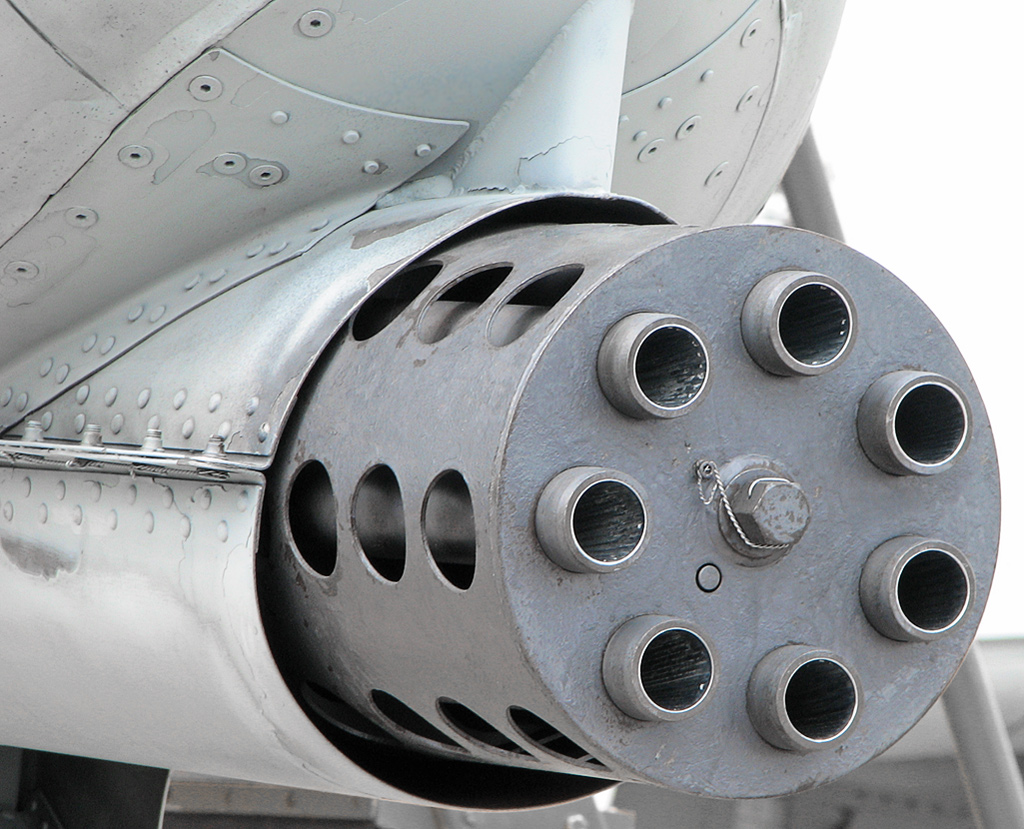
In January 1973, it was revealed that they were the winners, prompting the start of production that led to the first A-10 delivery to Davis-Monthan Air Force Base, Arizona, in October 1975. Between 1972 and 1984, a total of 713 A-10s were constructed.
By 1987 Northrop-Grumann would become the main contractor after their acquisition of Fairchild Republic.
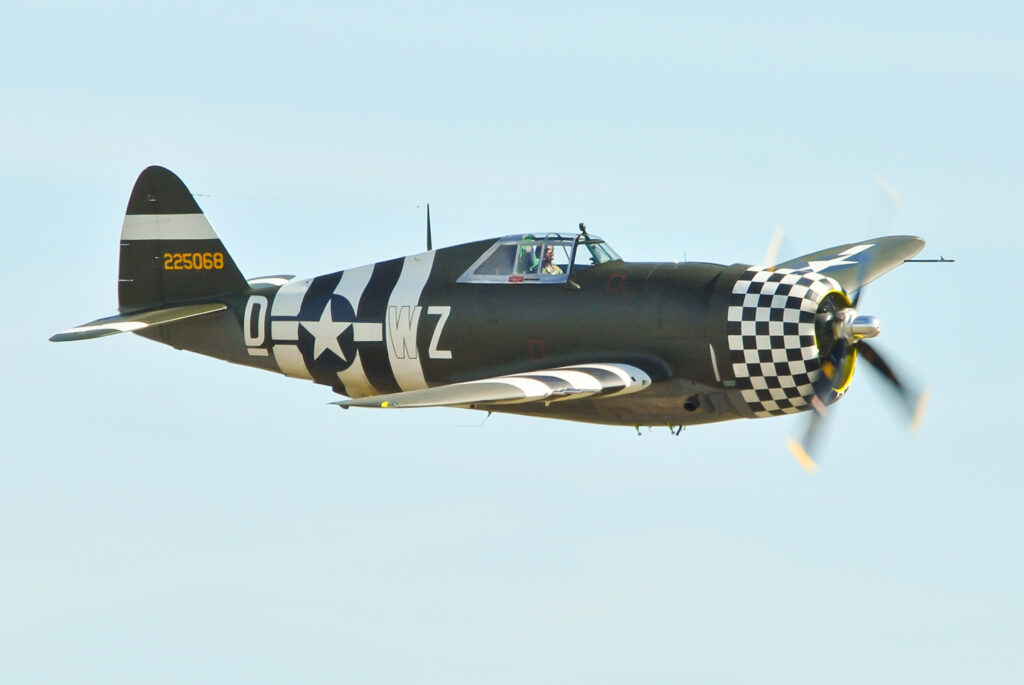
The plane was officially named the Thunderbolt II after the P-47 fighter-bomber that saved so many Allied lives in World War Two, but more often than not it was referred to affectionately as the ‘Warthog’ because of its stout size and the life-saving battlefield interventions it became renowned for during the 1991 Gulf War and the War in Afghanistan from 2002.
Thanks to the A-10’s impressive record in these engagements it was later rewarded with a series of modern upgrades.
In June 2007, the US Army commissioned Boeing with a $2 billion contract to replace the A-10’s aging wings, and in September 2009 they were also given the task of modernizing the A-10 fleet for the Thunderbolt life-cycle program, a deal worth $1.6 billion.
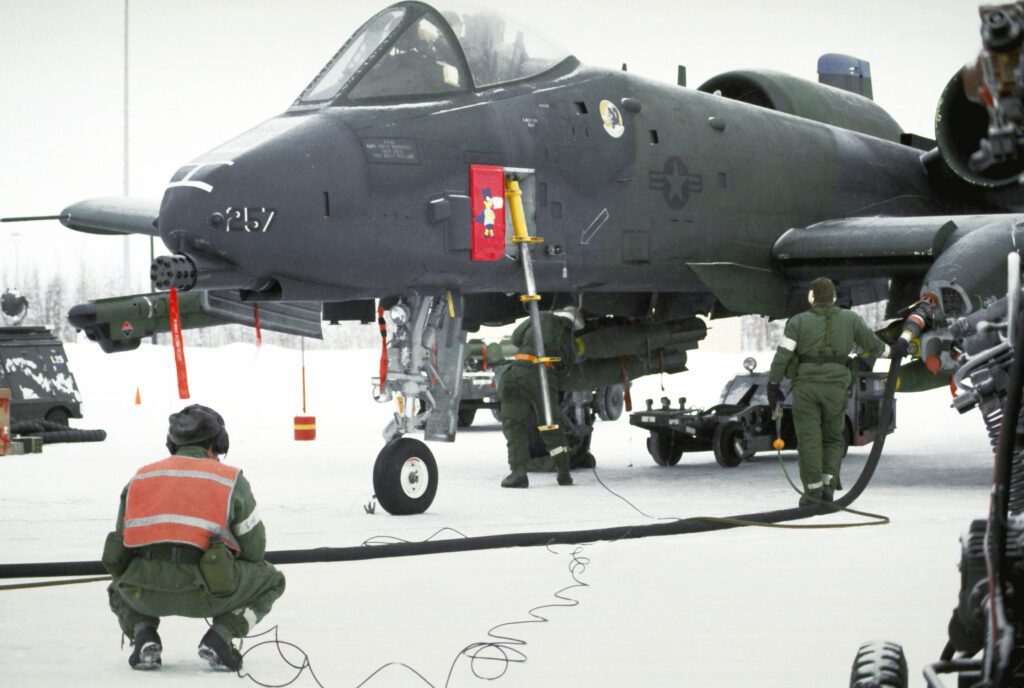
In August 2019 Boeing was handed a $999 million contract to build 112 new A-10 wing assemblies and 15 new wing kits over a period of 11 years.
They are also required to provide maintenance services and to update the memory and data processing capabilities of the A-10 with modern avionics technology.
The A-10
The A-10 Tankbuster has a span of 57 feet and 6 inches, a length of 53 feet and 4 inches, a height of 14 feet and 8 inches, and a weight of 47,000 pounds.

It is propelled by two General Electric TF34-GE-100 turbofans which provide 9000 pounds of thrust, a top speed of 450 nautical miles per hour and a max range of 800 miles. The A-10, which usually operates in pairs, is not the fastest because it is meant to loiter around the battlefield at a low altitude so that it can more accurately hit targets and avoid anti-aircraft fire.
Read More: Mil V-12 – The Biggest Helicopter Ever
The A-10’s most fearsome weapon is its gigantic GAU-8 Avenger 30mm cannon. It has 7 barrels and fires aluminum shells crossed with depleted uranium at either 2,100 or 4,200 rounds per minute, which can precisely strike within an area of 30 feet at a range of 6,000 feet.
Its magazine has a capacity of 1,174 rounds, meaning it can continuously fire with intensity for 18.06 seconds.
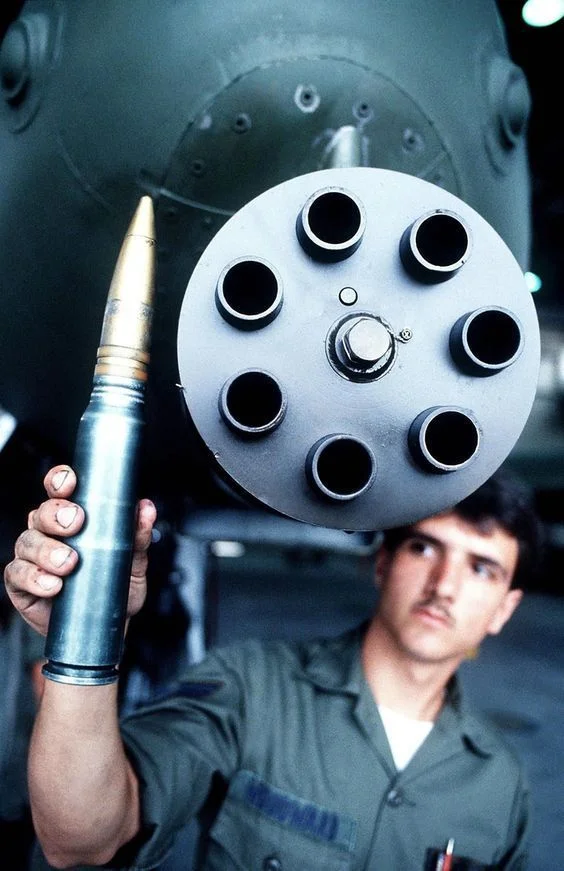
When it hits an enemy tank, the kinetic energy generated is so great that it pulses through the armor, shattering pieces of its inner layer which fly around the inside of the crew’s compartment.
The men inside are injured or killed by broken armor shards or the resulting heat produced by the projectile.
The A-10 is supported by additional armaments such as guided and unguided bombs, 70mm Hydra rockets, Sidewinder air-to-air missiles, and 125-pound Maverick missiles, which are most commonly used in combination with the 30mm cannon.
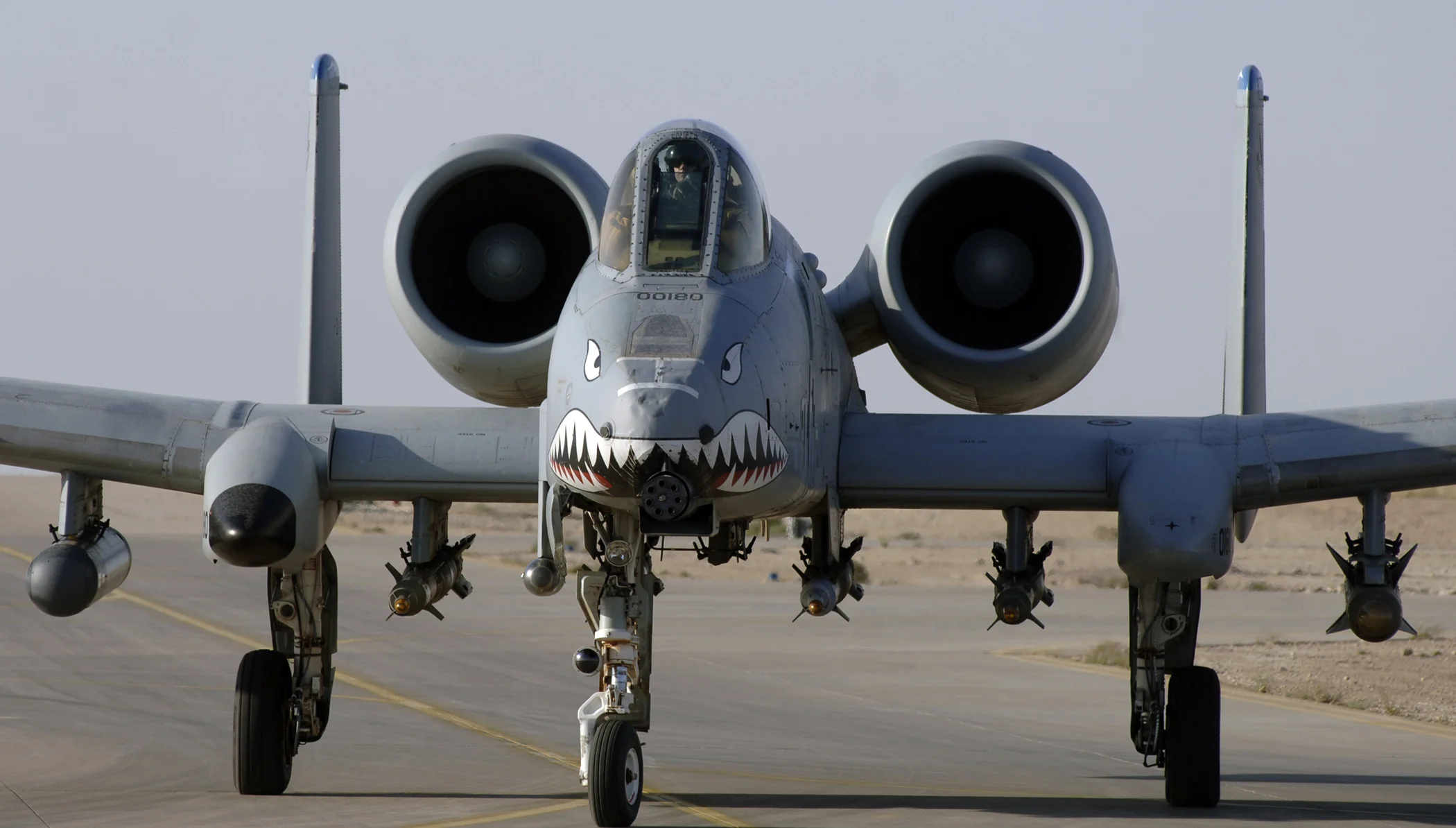
During a typical maneuver, a pilot locks on to his mark and then flies upwards to increase his altitude, launching a Maverick missile from two miles away.
If he needs to use his 30mm gun, he is required to climb and tilt the nose of the plane downwards in line with the enemy before firing a short 1 to 2 burst of fire at 4,000 to 6,000 feet. This move stops the plane from slowing down in mid-air due to sizable recoil and also conserves ammunition.
The A-10 itself is also well protected, featuring a titanium ‘bathtub’ casing up to 3.8 cm thick that is wrapped around the cockpit to shield the pilot from light anti-aircraft fire.
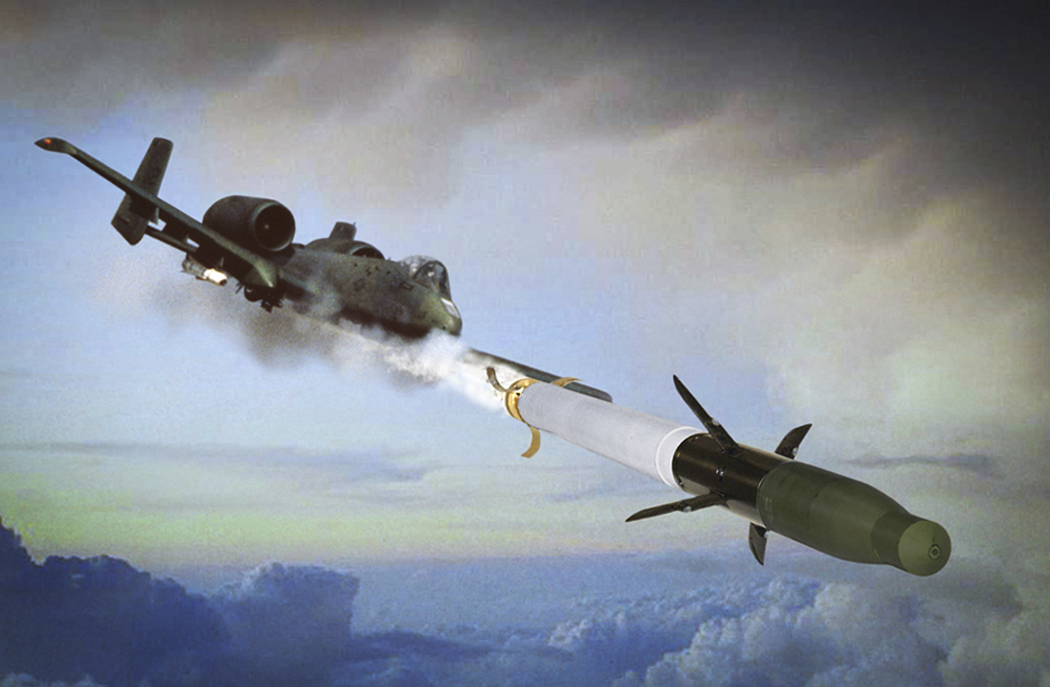
Its fuel tanks are safeguarded against fires, and it is possible for the A-10 to still fly with half a wing or tail missing or with only one engine. A damaged A-10 is easy for engineers to fix because its simple design allows larger parts to be quickly replaced.
Allowing it to be patched up even quicker, the A-10 also has the ability to land and take off on short airfields located close to the front-lines.
The A-10 was originally installed with an Inertial Navigation System (INS) which was notoriously inaccurate because of its tendency to drift away from its assigned location.

It was later furnished in the 1980s with a Low Altitude Safety and Targeting Enhancement ground collision avoidance system, and a Night Vision Imaging System in the 1990s.
Gulf War
The A-10 made its name during Operation Desert Storm, which aimed to chase the Iraqi army out of Kuwait by relentlessly attacking them in areas assigned as kill zones.
A-10 involvement played a large part in the American victory at the Battle of Khafji, the first major engagement of the war in January 1991. Iraqi armored regiments were wiped out and the first Iraqi advance stopped after the successful completion of 267 sorties carried out in 6 kill boxes.
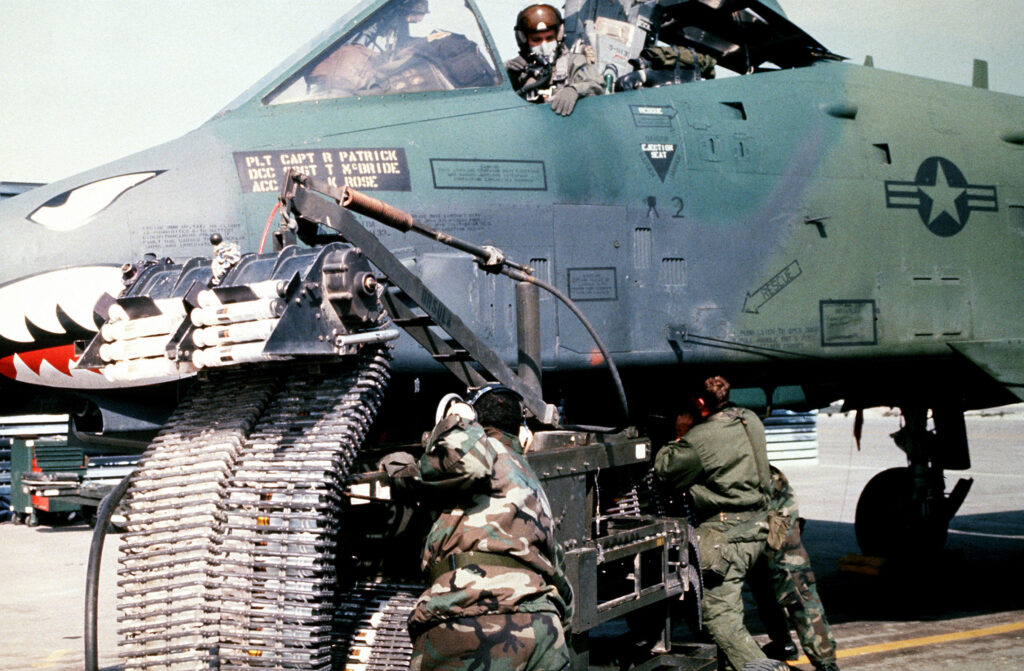
A month later in February, the A-10s would again perform admirably during a mission over the borders of Iraq, Kuwait, and Saudi Arabia.
Read More: Convair B-58 Hustler – Beautiful and Deadly
At sunrise, pilots John ‘Karl’ Marks and Captain Eric ‘Fish’ Solomonson stumbled upon an Iraqi convoy on the side of a road, attempting to hide as daylight approached. Noticing tank tracks on the desert sand, Marks was able to pinpoint the enemy’s exact location.
The two pilots, armed with several Maverick missiles, utilized their infra-red sensors to destroy 6 tanks, with a further two ravaged by the 30mm gun. Running out of ammunition, the pilots returned to re-supply before going on to disable 6 more armored vehicles in Kuwait City.
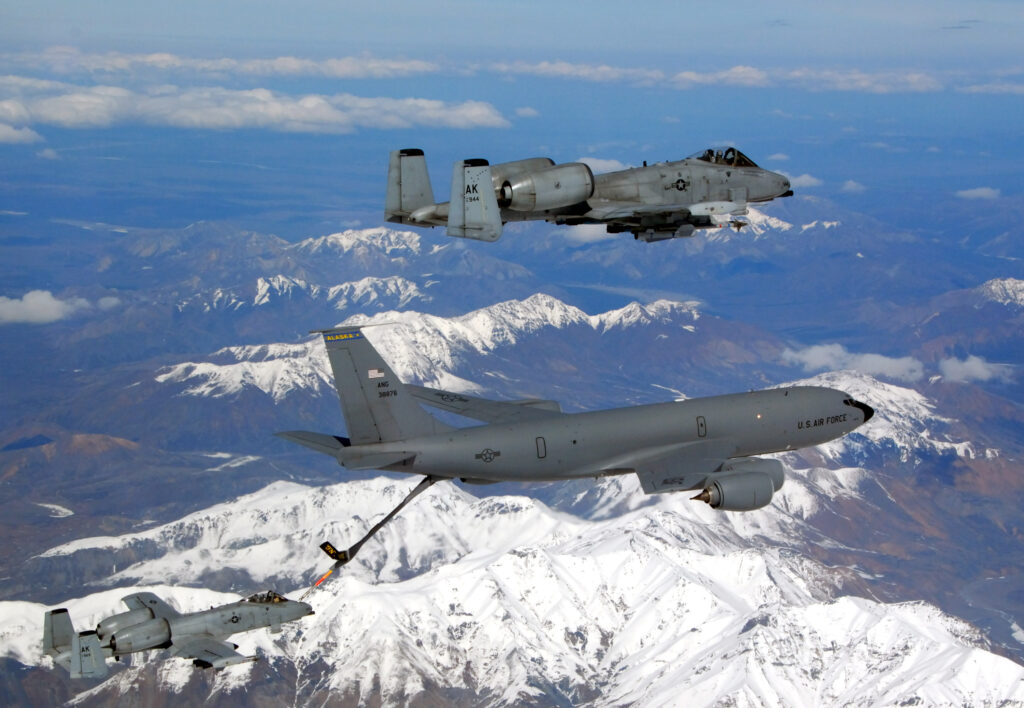
On their final raid back into the Kuwaiti capital, they annihilated 7 more targets, meaning that in just one day they had decimated the tanks of nearly two Iraqi companies.
In total, the A-10 neutralized 900 Iraqi tanks, 200 other armored vehicles, and 1,200 artillery guns throughout the entire conflict, flying 8100 times with a mission success rate of 95.7%.
Afghanistan
The American presence in the Middle East was significantly reduced after the end of the Gulf War.
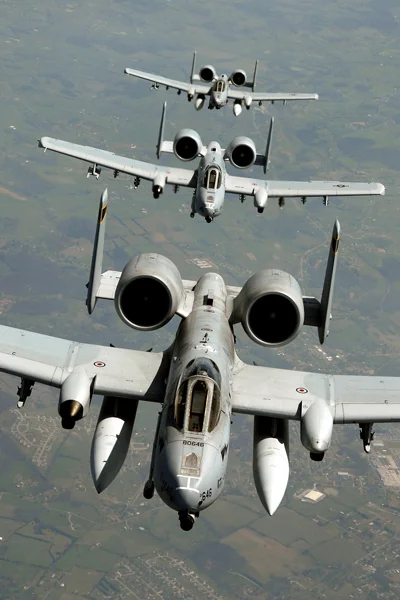
With the Cold War also over, and the US looking to reduce the size of its military, it was decided that the A-10s were to be sidelined in favor of faster supersonic jets.
However, following the September 11th attacks on the World Trade Centre in 2001, the A-10 was saved from the scrap heap as America prepared for its War on Terror. In the deserts and mountains of Afghanistan, it became a reassuring sight for desperate soldiers, who were saved by it time and time again.
In October 2012 for example, during an operation at Bala Murgrab in Afghanistan, the A-10 played a key role in the rescue of an American unit.
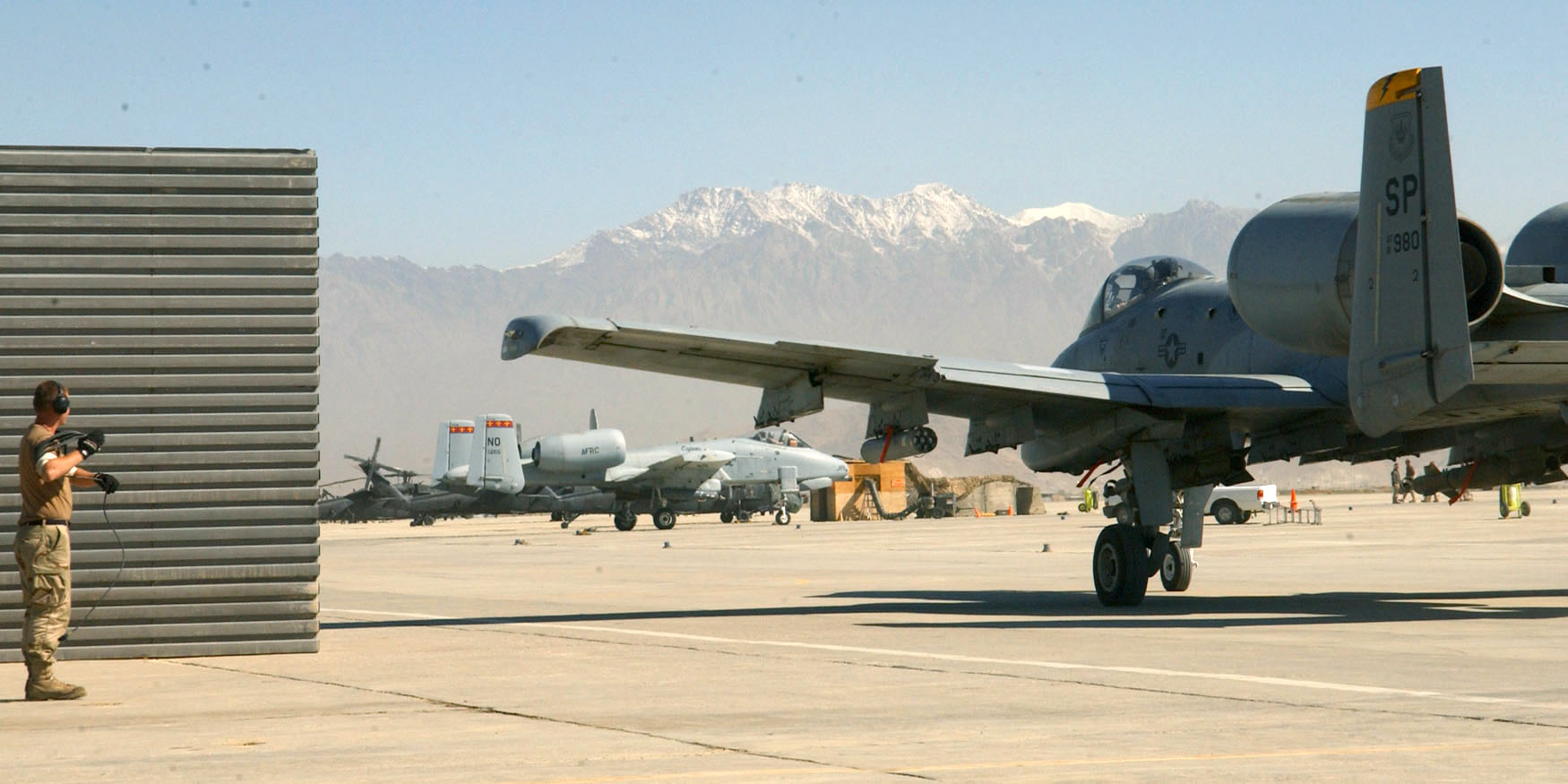
US Marines found themselves in a village, pinned down on all sides by enemy fire. Stuck in a valley and with no others to call on, A-10 pilots Captain Jeremy Parvin and Lieutenant Aaron Cavazos were re-diverted to provide relief.
Flying through mountainous terrain covered by clouds, the A-10s approached the assailants and destroyed the 4 heavy machine guns blanketing the Marines’ position. As the soldiers evacuated, marking where they were with infra-red strobes, the A-10s were able to draw fire away from them, making it a lot easier for them to escape.
In every one of their sallies, the A-10s discharged 60 30mm rounds, each one hitting the Taliban with the same force as a grenade.
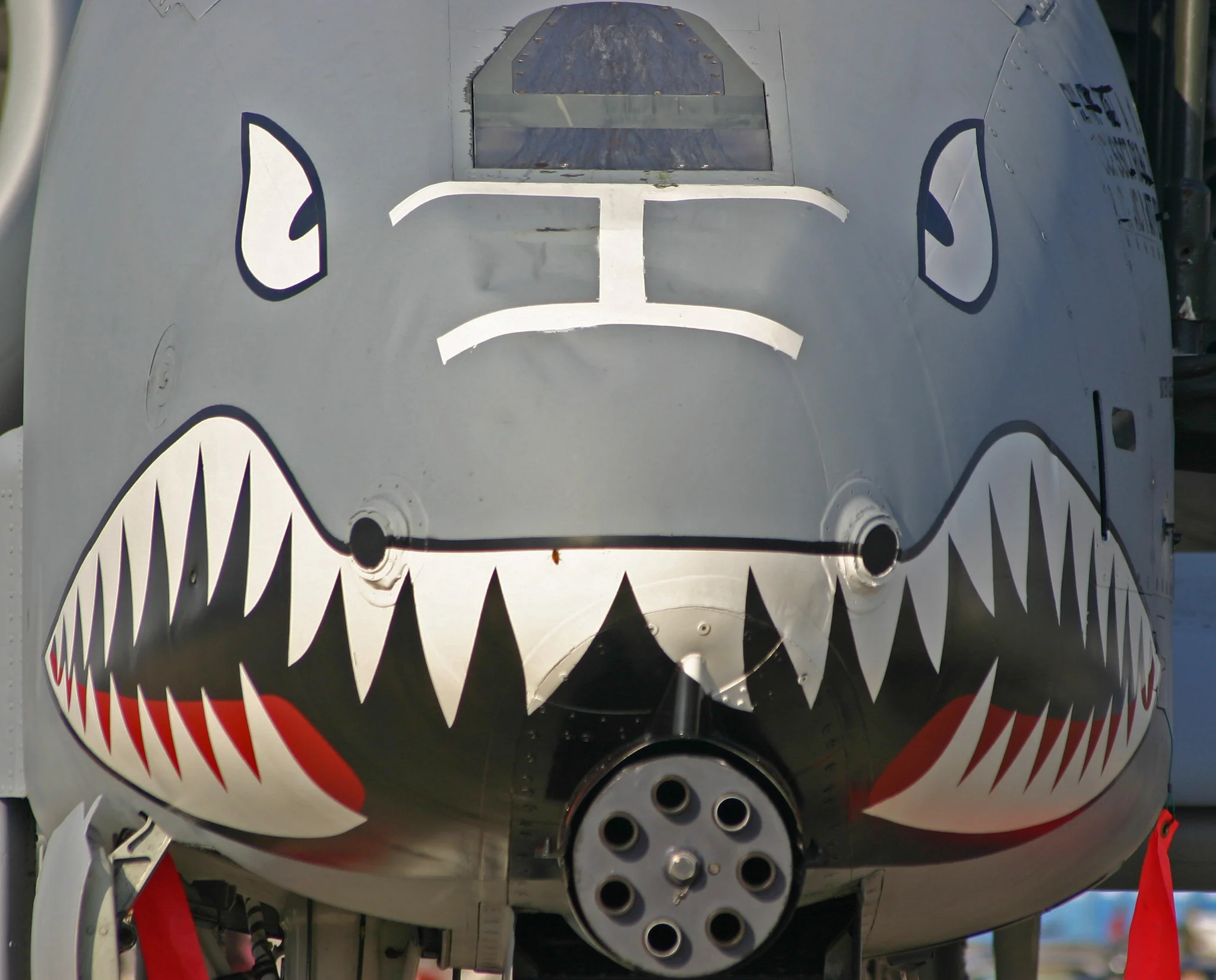
Thanks to the heroic efforts of Captain Parvin and Lieutenant Cavazos that day, the two pilots were awarded the Distinguished Flying Cross.
The Future of the A-10
The continued service of the A-10 has been called into question in recent times because of the emergence of the F-35 Lightning II, a more up-to-date model which is being considered as the A-10’s replacement.
Read More: Northrop M2-F3 – The Wingless Plane
Yet unlike the F-35, the A-10 is the only craft capable of lingering in the skies, and it can still be loaded with the most ordinance. As a result, Boeing’s more recent revamps will allow the A-10 to continue to work in the US Air Force for a further 20 years as US policymakers grapple with its fate.
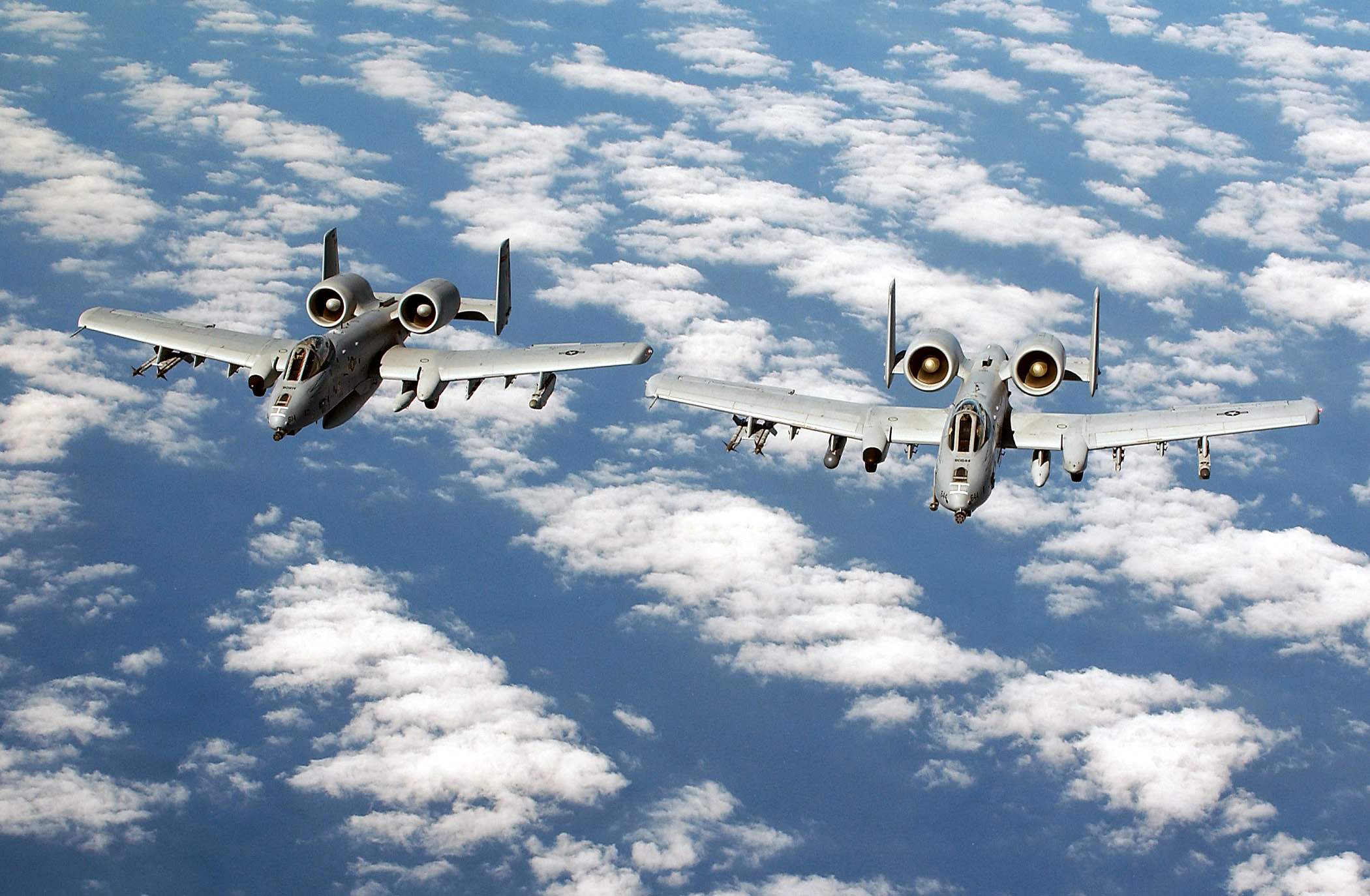
In the meantime, the A-10 is still valued for its effective close-support role, which even to this day is still unmatched by any existing aircraft.
If you like this article, then please follow us on Facebook and Instagram
Specifications
- Crew: 1
- Length: 53 ft 4 in (16.26 m)
- Wingspan: 57 ft 6 in (17.53 m)
- Height: 14 ft 8 in (4.47 m)
- Empty weight: 24,959 lb (11,321 kg)
- Max takeoff weight: 46,000 lb (20,865 kg)
- Powerplant: 2 × General Eletric TF34-GE-100A turbofans, 9,065 lbf (40.32 kN) thrust each
- Maximum speed: 381 kn (439 mph, 706 km/h) at sea level, clean
- Service ceiling: 45,000 ft (13,700 m)
- Rate of climb: 6,000 ft/min (30 m/s)

